Как Поставщик...
Printing process of tinplate food can
In order to make the shelf life of various foods longer, in 1819, the American Anderson opened the first tinplate can factory in Boston, cutting the tinplate into a certain shape, welding it into a cylinder by the craftsman, and adding welding circles at both ends. There is a hole at the bottom and top to pour food into the tube. This is the original tinplate food can packaging. With the passage of time and the advancement of production technology, people began to print patterns on tinplate, making tinplate food cans not only play a role in food preservation, but also a decorative appearance, which can attract customers' attention.
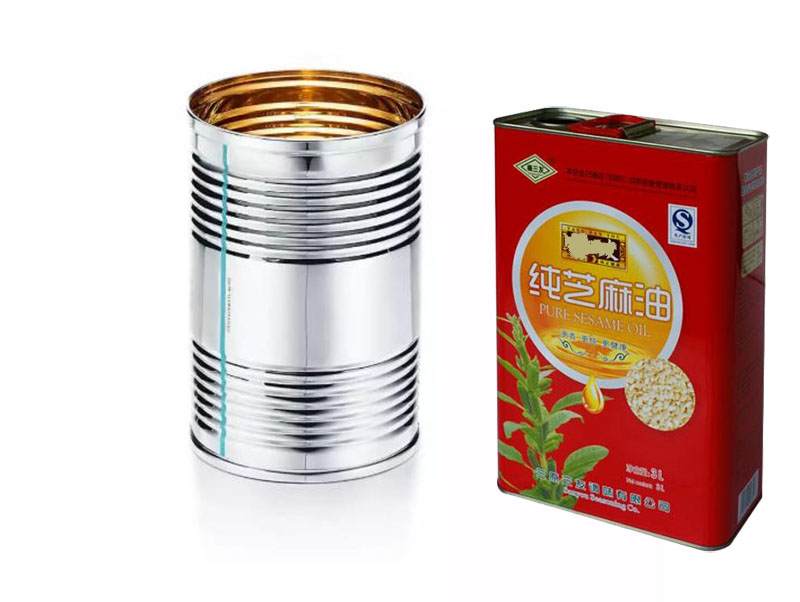
Tinplate is referred to as tinned cold rolled steel sheet, which is a metal material (tinned iron sheet) coated with a very thin layer of tin (0.10-0.15um) on high-quality low-carbon (carbon content <0.12%) steel sheet. It is composed of five layers: steel base, tin-iron alloy layer, tin layer, tin oxide film, and oil film. Tinplate printing (printed iron), printed tinplate food cans can be welded, rolled, sealed or stamped into barrels, cans, boxes and other containers of various specifications for use by manufacturers of food, tea, medicine, home appliances, and signs.
The tinplate food can printing process usually consists of a feeding device, an offset printing unit, a coating unit, a drying room, and a take-up device. The process characteristics and requirements of each process are as follows:
1. Paint inside tinplate food can
Food packaging containers made of tinplate, according to the characteristics of the content-food, usually need to be coated with some kind of paint on the inner surface of the tinplate food can to prevent the content from corroding the tank wall and the content from being contaminated, which is conducive to long-term storage. For food packaging cans, in order to prevent the iron from being scratched and rusted after curling, a layer of decorative paint is also required to increase the appearance. For the performance of the paint in tinplate food cans, it must not only have corrosion resistance, good adhesion, flexibility, non-toxic, tasteless, and meet food hygiene and safety requirements, but also must have high temperature heating in the subsequent process, and high temperature of 150 ℃ after filling The performance of cooking without fading and without losing gloss. Generally, the interior is coated with phenolic resin coating, epoxy-phenolic resin coating, acrylic resin coating, etc. The type of interior coating and coating thickness are usually selected according to the characteristics of tinplate food cans.
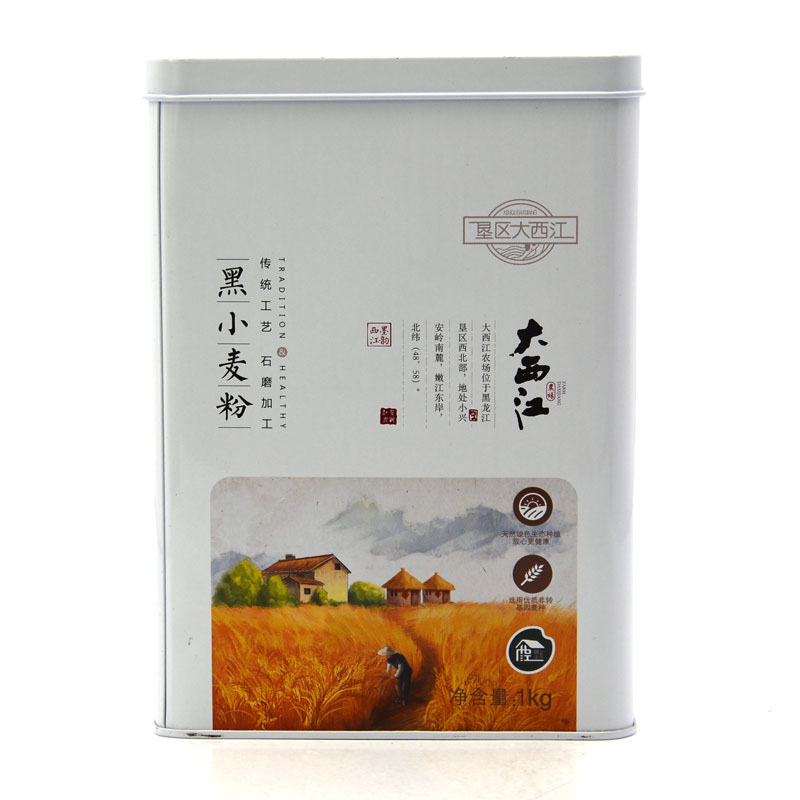
2. Tinplate food cans with primer, white can be coated (white printed)
Because tinplate food cans are generally printed first, then cans are made, and the cans need to be bent, stretched, welded, flanged, and rolled. In addition to the dry coating and ink layers, they must have sufficient strength. Adequate adhesion is required to avoid deformation, cracking, or even falling off of the coating film and ink layer during the processing and molding process. Since the adhesion between the ink and the tinplate is not ideal, it is necessary to Apply a layer of paint (ie primer) between the two to improve adhesion.
The printing primers for tinplate food cans generally include: vinyl type, modified vinyl type, epoxy-amino type. The performance of the primer has the following requirements:
1. Good transparency, low yellowing after drying and forming a film, and can not cover the metal texture.
2. It has good leveling, heat curing and flexibility.
3. It has sufficient affinity for ink and has good adhesion to various iron sheets.
Since primers are mostly low-molecular compounds, after drying to form a film, they are easily affected by additives in other coatings covering them, reducing their physical and chemical properties (adhesion, yellowing), so they must match the varnish.
The main components of the white cotin paint for tinplate food cans are: film-forming substances, pigments, driers, auxiliary materials, and solvents. The film-forming substances are mainly oil and resin, pigments and inks, some anti-rust pigments are added to the auxiliary materials, and the solvent is the carrier. In order to obtain a good printing effect, the color of the white cocoa can be mixed with different pigments as required.
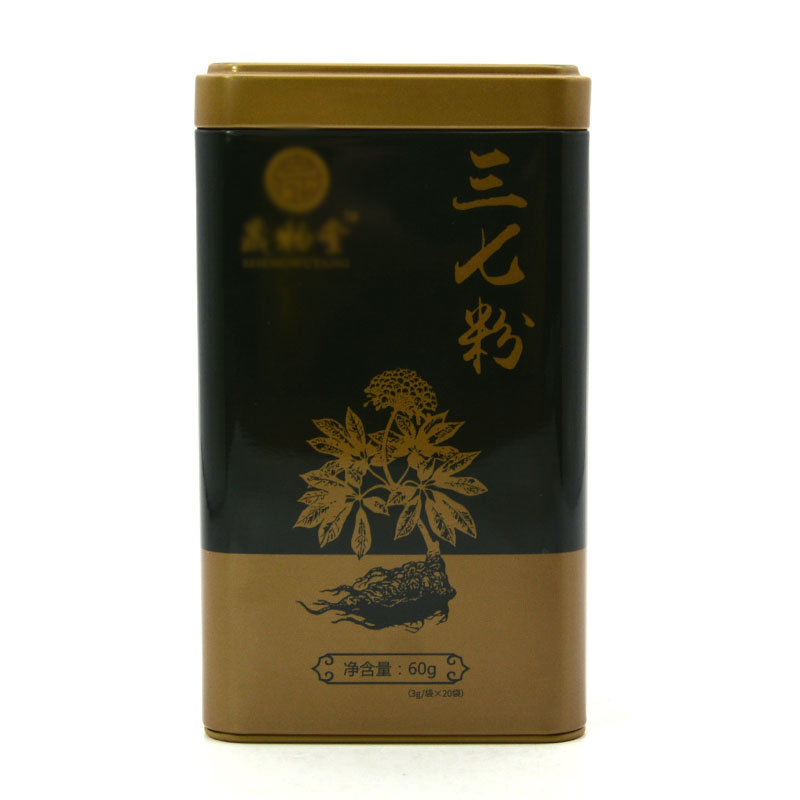
According to the design requirements of the printing layout of tinplate food cans, sometimes whitening (white ink) cannot be used, and printing white can be used instead. Compared with white printing, white coating has the following advantages:
1. After the white can be coated with oil, it is not easy to turn yellow after several times of baking in the drying room.
2. Because the thickness of the white ink is 3-4 times thicker than that of the white ink, it has better whiteness and fullness than the white ink, and is flat and smooth with enough luster.
3. Because the film-forming substance in becotin paint is usually a polymer, it can withstand erosion by various varnishes.
According to the different film-forming materials, the white butyl coating has acrylic and polyester. The polyester has better processing and bending performance. It can be directly used in various cans. The acrylic is resistant to high temperature cooking. It needs high temperature when used in tinplate food cans. Cooked products.
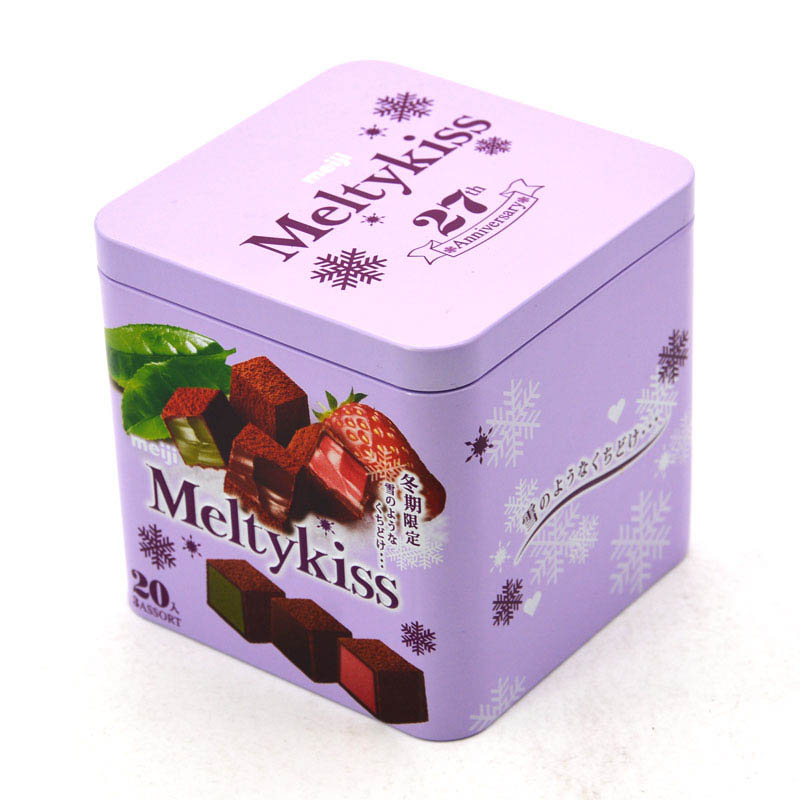
3. Plate-making process of tinplate food cans:
The plate-making method of printing iron is the same as other plate-making methods, and there are special requirements for the characteristics of tinplate printing:
1. In tinplate printing, due to the non-absorbability of the substrate and the tinplate has a certain hardness, the deformation of the dots during printing is more obvious than that of paper, especially in the dark and midtone areas. Due to the deformation of the dots, the midtone skips. Deeper, the dark tone changes sharply and upgrades, the use of square dots is more obvious, while diamond dots or round dots, the sudden change of midtones is alleviated. Therefore, the dots of tinplate food cans are round or diamond dots. It is more beneficial to the reproduction of the printing iron network.
2. After the tinplate is printed, it needs to be processed and formed, so the welding seam and other reserved processing parts should be reserved when making the plate to ensure that the text pattern does not deviate from the center after processing and forming.
3. All welded iron cans, such as spray cans, must not have graphics, different color spots, etc., to ensure the need for subsequent welding.
4. Printing of tinplate food cans:
Tinplate food cans can be printed on the machine after the inner coating and outer coating processes. Because the surface of the tinplate is smooth, does not absorb ink and has a certain hardness and thickness, the tinplate printing generally uses offset printing. The printing principle: oil and water are not compatible. Dissolution, dot conformation and color formation, selective adsorption. Tinplate offset printing is basically the same as sheet-fed offset printing, but due to the particularity of tinplate, tinplate printing is different from ordinary offset printing, mainly in the following aspects.
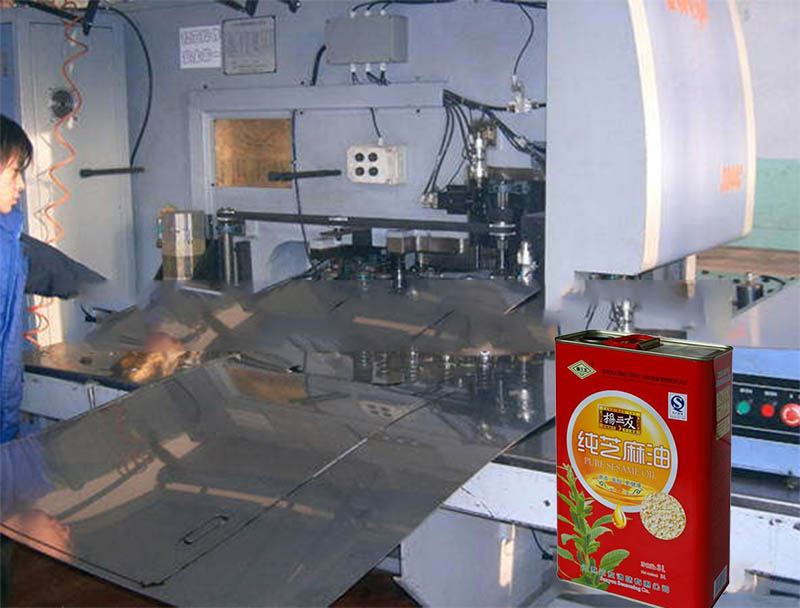
1. The printing ink characteristics of tinplate food cans:
a) The dryness and heat resistance of the ink. The curing of the iron printing ink must be heated and dried. Therefore, it is required that the white ink after heating does not change or yellow, the colored ink does not fade or discolor, and the varnishing oil does not lose gloss. Generally, it will be cured at 150℃ for 10-15 minutes, but usually in the post process such as varnish baking, high frequency resistance welding, internal repainting, and internal full spray baking, the temperature must reach 190-230℃. Therefore, the heat resistance of ink It is more important.
b) Solvent resistance. The varnish after printing contains various solvents. In order to prevent bleeding during varnishing, the ink must have good solvent resistance.
c) Retort resistance: The iron cans filled with food need to be sterilized at high temperature. Therefore, it is required that the iron printing ink should not bleed, fade, soften or fall off due to the action of wet steam.
d) Processing resistance. Most of the iron-printing products have to go through the processes of stamping, punching, bending, flanging, rolling and sealing, so the ink layer on the surface of the iron sheet should have a strong structure, and the iron-printing ink is required to have good adhesion, flexibility, surface hardness and impact resistance strength.
e) Light and weather resistance. Various daily necessities are generally stored for a long time, so iron printing inks are required not to fade and age due to light exposure or climate factors.
f) The ink layer does not contain heavy metals. Many printed iron products, such as chocolate tin boxes, biscuit boxes, tea boxes, etc., are packaged. The heavy metal content in the ink meets the corresponding standards of the United States, Japan, and the European Union.
2. Bright ink
All printed tinplate prints need to be coated with a layer of gloss oil to increase the surface gloss and scratch resistance of the printed parts, and at the same time increase a certain degree of hardness, so that the printed surface coating film has a certain degree of flexibility and corrosion resistance. The printing varnish of tinplate food cans should have the following properties:
a) Good color retention performance, the solvent in the varnish can not make the ink bleed or fade.
b) Have enough hardness and firmness to withstand the processing deformation of the subsequent process.
c) It is matched with white paint or primer, and cannot corrode white paint or primer.
Common bright oils are epoxy resin, alkyd resin, acrylic resin, acrylic amino, etc., with different components, different properties, and different uses. Usually, different types of varnish should be selected according to whether there is deep stamping deformation in the subsequent process, local high temperature heating of welding and whether high pressure cooking is required.
In order to improve production efficiency and save energy, the last printing process is generally combined with the varnishing process.
In addition to roller coating, bright ink can also be used to print bright ink. There is not much difference in gloss between the two, but the processing resistance is not as good as roller coating.
In addition to light oil, there are matte oil, wrinkle oil, and pearl oil. The gloss oil achieves a high gloss effect, which is in line with people's traditional aesthetic habits. The opposite is true for matte oil, which can make the surface of printed iron products matte, have a paper texture, and have an elegant decorative effect. The wrinkle oil coating is formed into crystal-transparent scales. The reflection of light makes the beautifully printed patterns on the tinplate rich in three-dimensionality, which is of high artistic appreciation value from different angles. The pearl varnish is applied on a large area of white plate surface, which has a pearl-like luster, sets off the brilliance of the printed graphics and text, and also has high aesthetic value.
3. Drying process and requirements of tinplate food cans
All paints and inks of tinplate food cans need to be dried. The drying process is determined by the following three parameters: A. The temperature set by the oven,
The drying room usually consists of three parts: heating zone, constant temperature zone, and cooling zone. The main function of the heating zone is to raise the iron sheet from room temperature to a set temperature, and the main function of the constant temperature zone is to maintain the temperature reached by the heating zone. The function of the cooling zone is to fully cool the dried iron sheet. If the cooling is not enough, the paint film is easy to be scratched when the iron sheet is collected, and it is easy to cause sticking after stacking.
B. Time to maintain the peak temperature.
If the peak temperature is kept too short, the paint or ink will not be baked sufficiently, which will cause the ink and paint to soften and fail to give full play to its protection or other functions. After the high-temperature cooking test, poor adhesion often occurs. If the peak temperature is kept too long, it will cause over-baking, and the coating will become brittle and easy to break during processing. Over-baking will also cause the color of the coating and ink to turn yellow. In order to avoid insufficient baking and excessive baking, the temperature curve of the drying room must be checked regularly to determine the temperature peak time under the standard machine speed.
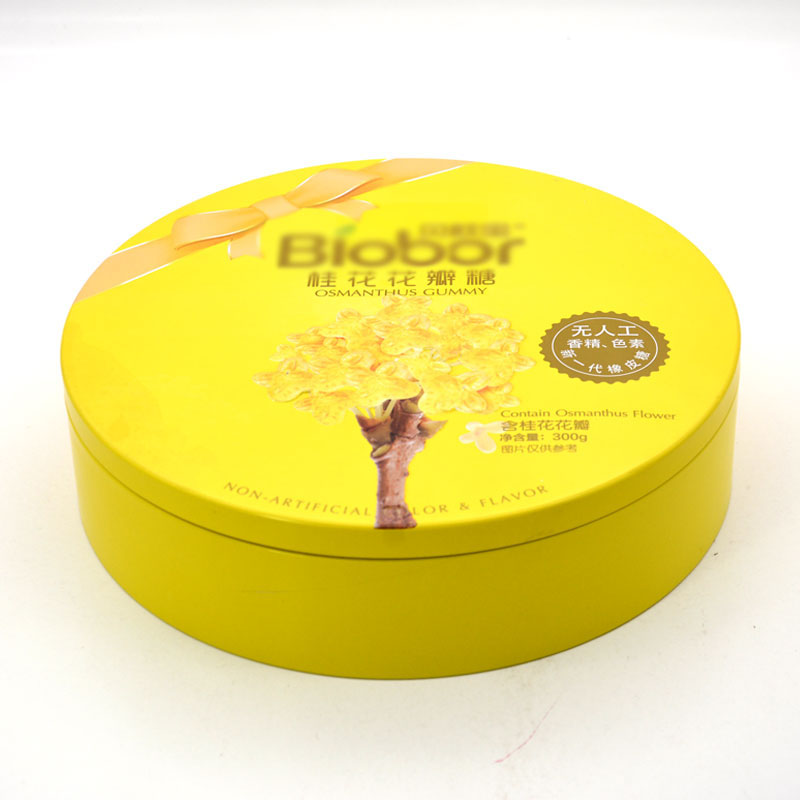
The above is the printing process and requirements of tinplate food cans. As a professional tinplate food can manufacturer, we can design any size and shape according to customer requirements. We have our own professional quality control team to implement our production policy to ensure our high quality and on-time delivery. "High quality, competitive price and considerate service" is our aim. We sincerely hope to establish long-term business relationships with global customers on the basis of equality and mutual benefit. If you have any comments or suggestions, you can give us attention, we will reply you in the form of email, and welcome your visit!

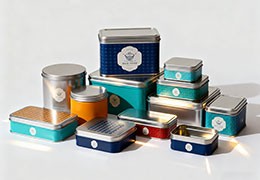



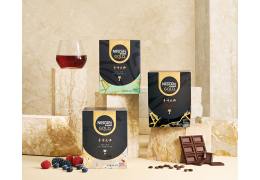
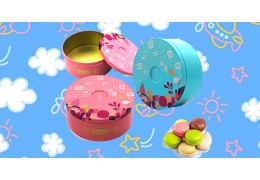
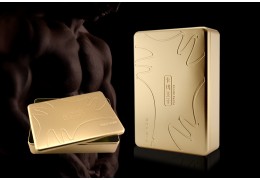
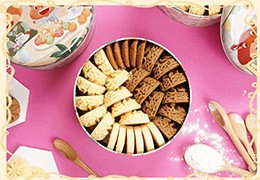


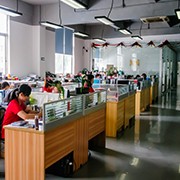

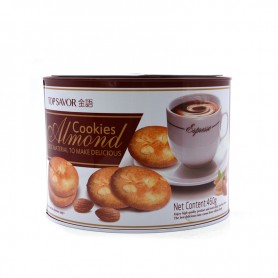
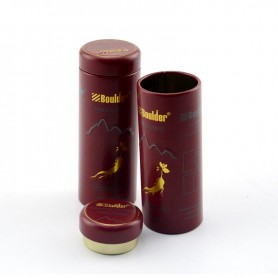
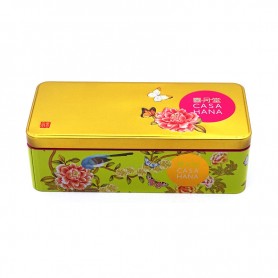

Latest comments